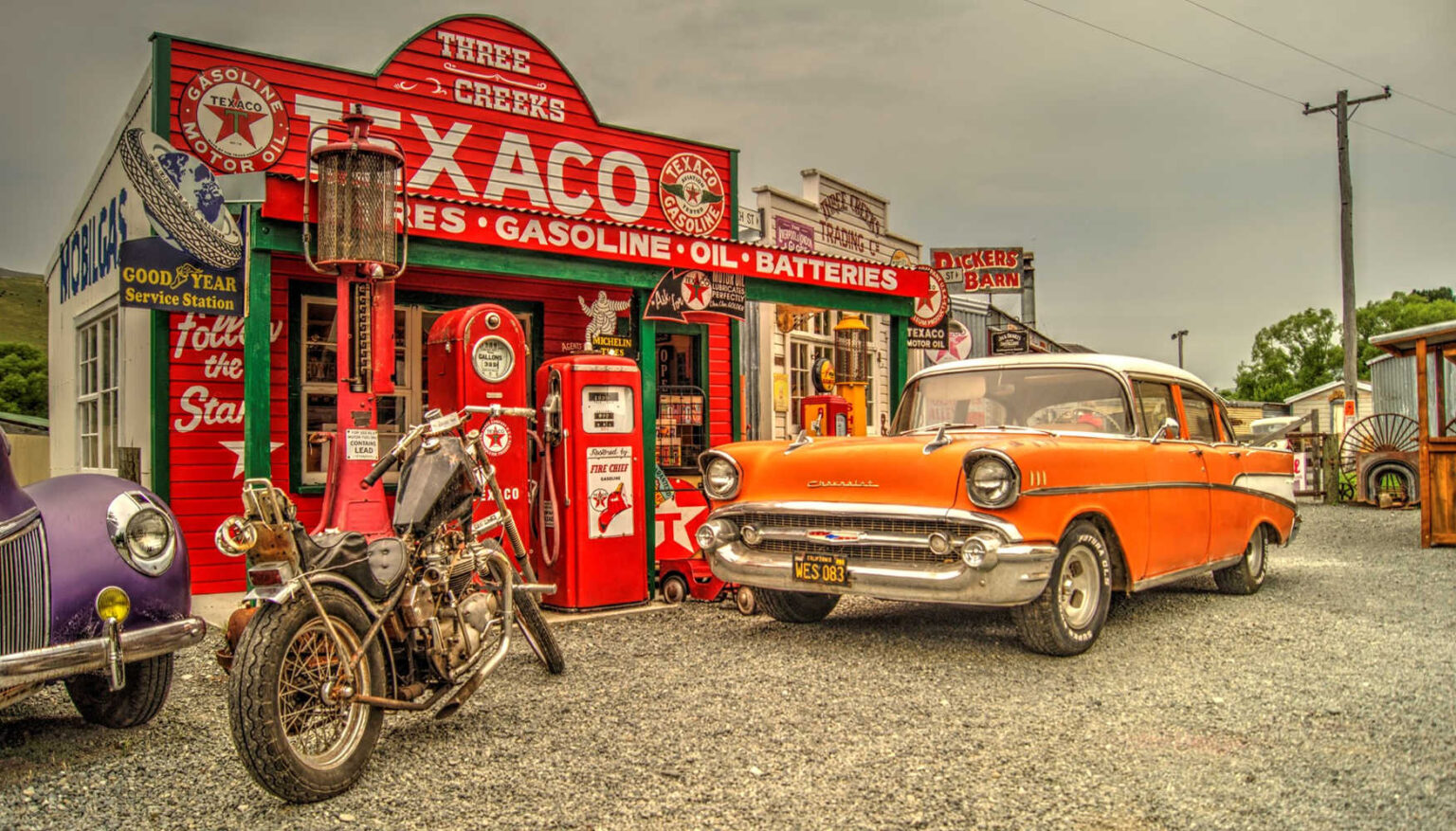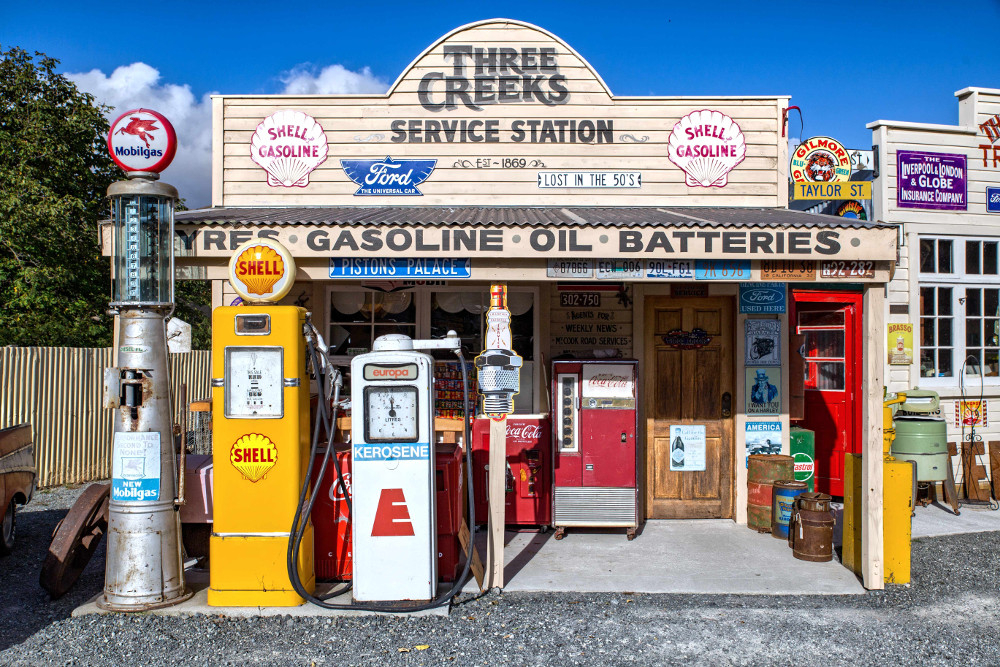We flew from Palmerston North to Christchurch, and made our way down to the McKenzie Basin.
Entry to the basin via Burkes Pass - a step back in time
Burkes Pass’ Fame
- Sir William Hamilton, jet boat inventor is buried in the local cemetery (of Irishman’s Creek Station)
- Dr Charles Dick, first medical superintendent of Princess Margaret Hospital, Christchurch
- Musterers, shepherds and Maori travellers who left their mark on the landscape
- Historic passageway for pre-Euorpean Maori to the MacKenize district and its plentiful supply of birdlife and eels in the streams.
Burkes Pass’ Notoriety
- Notorious alleged sheep rustler, James McKenize who used the route to take sheep to the Otago goldfields. This was the alternative route to the MacKenizes pass. He is not actually buried in the local cemetery.
Burkes Pass is a mountain pass and at its base, a small town on State Highway 8 at the entrance to the Mackenzie Country in South Canterbury, New Zealand. It is named after Michael John Burke (1812 Co. Galway-1869 Ballarat), a graduate of Trinity College Dublin, who drove a team of bullocks through the passageway which leads up into the Mackenzie Country in 1855. This was an alternative route to the Mackenzie Pass, which the notorious alleged sheep stealer, James Mckenzie, had used to take his sheep into the Otago goldfields. Burkes Pass separates the Two Thumb Range to the north from the Rollesby and Albury ranges to the south, and sits at an altitude of 709 metres (2,326 ft). A memorial to Burke stands close to the pass's saddle.[1]
Burke may not have been the first European to cross the Pass called after him. G Dunnage camped in the vicinity in 1855 before the geographical features were named.

A dray track was cut through Burkes Pass in 1857–58. Settlers and bullock teams soon found The Long Cutting was the easier of the two passageways to negotiate, becoming the main thoroughfare for travellers in to the Mackenzie, a vast land known by Maori for its plentiful supply of wekas on the plains and eels in the streams and lakes. With travel slow and arduous, the need for a resting place for weary travellers soon became evident.

A 640-acre (2.6 km2) site, on the west side of the top of The Long Cutting, was set aside in 1859 to establish a central depot for coal, wood, and food supplies. It was a bleak, exposed site, between Sterickers Mound, near Sawdon Creek, and the foot of the spur from Mount Burgess. James Noonan<South Canterbury- A Record of Settlement, O.A Gillespie, 1958 p 280> ignored the official township site building the first hotel in 1861 at Cabbage Tree Creek in the valley behind where the remains of the hotel built in 1869 are today.
A town, first known as Cabbage Tree Creek, then Clulee, and finally Burkes Pass, sprang up around the hotel. For more than half a century a colourful cavalcade passed through the town, Burkes Pass becoming the social, business, and sporting centre for the Mackenzie Country pioneers. Its heyday was 1890 to 1910 when there was a population of 143 and a three-teacher school.

However, the promised railway, which was to cement Burkes Pass's future as the capital of the Mackenzie, never arrived. It stopped at Fairlie in 1884, displacing Burkes Pass as the business centre. The final blow was in 1891, when the Mount Cook Road Board, in a 4–3 vote, decided to relocate to Fairlie.
The Burkes Pass Scenic Reserve, administered by the Department of Conservation, is a former stock droving reserve one kilometre to the west of the pass. The ecological values are threatened by introduced rabbits, lupin, broom and wilding conifers.[2] Burkes Pass is home to the critically endangered Canterbury knobbled weevil which lives on speargrass. It has only been found in a 3-hectare (7.4-acre) site at Burkes Pass.[3]
Notable people[edit]
Georgina Jane Burgess – New Zealand hotel-keeper, midwife, postmistress
Heritage settlement has witnessed travellers for over 700 years leaving a rich legacy of human occupation
Burkes Pass there are plenty of things to do. Pre-European Maori regularly travelled through the area to the rich plains of the MacKenize basin on hunting expeditions. By the 1880’s New Zealand’s wild west had arrived with swaggers, gold miners and sheep rustlers passing through. Pastoral farming and the established route through to MacKenzie country cemented the town’s beginnings as a wayside hotel for travellers. Today visitors relish the heritage feel, the sense of timelessness and open spaces where mountains and valleys jostle for attention.
Highlights in Burkes Pass
- Heritage walk including the oldest Union Church in New Zealand, St Patrick’s.
- Three Creek gallery, collectables and memorabilia gift shop
- Kids scavenger hunt created by Burkes Pass Heritage Trust
- Cemetery with its stories of settler lives
The heritage walk includes a replica red Musterer’s Hut featuring an original fireplace, a livery stable, schoolhouse, stone and cob huts and a blacksmiths. St Patrick’s church is available for hire for weddings.
Where to take the best selfie in Burkes Pass
- Three Creeks Art & Gift shop
- Weather beaten vintage cars parked against buildings.
- St Patrick’s church as a background
Kids in Burkes Pass
- Scavenger hunt
- Extraordinary collection of objects in Three Creeks shop
- Visit Burke Scenic Reserve and find golden speargrass while telling the story of a very, rare weevil
Who turned up and settled Burkes Pass?
Te Kopi Opihito (Burkes Pass) was a Maori route on the journey to the Mackenzie basin and West Coast. Several names emerged from 1880’s from Clulee, Cabbage Tree Flat and Three Creeks with Burkes Pass (early settler Michael Burke) the name of the area today. The town is on the banks of the Opihi River. The town is a waystation for travellers with visitors enjoying the historic settlement. Burkes Pass is 550 metres above sea level with a crisp alpine climate. Life sprung up around the hotel. For more than half a century adventurers, swaggers, settlers and gold miners passed through the town. At its peak 1890 to 1910 was a population of 143 and a three-teacher school.
What keeps Burkes Pass going?
- Visitors
Judgment on Burkes Pass
- A perfect stop on the way to the MacKenize plains, Tekapo and beyond. A great wayside break on the way to the Mt Dobson ski field. Allow between 1 hour to half a day whilling away time exploring the small town.
Every town adds to the richness of things to do and see. For more details about what to do nearby Burkes Pass check out Things To Do In Canterbury § Places to Visit, Activities & Sightseeing.
Climate in Burkes Pass
Burkes Pass, Canterbury, New Zealand Today, Tonight & Tomorrow’s Weather Forecast
Best time to go to Burkes Pass
Year round
Burkes Pass’ social media
Population in Burkes Pass
- 100 (2018)
Be careful in Burkes Pass
It is tempting to linger in Three Creeks shop wondering if you really need the object you have fallen in love with.
Location: State Highway 8, mountain pass settlement
What to do nearby Burkes Pass, Canterbury?
Burkes Pass is nearby Rangiora, Amberley, Oxford and Springfield (selfie heaven with its massive concrete pink doughnut).












No comments:
Post a Comment
John and Mei hope you will leave a message in the comments section. Best wishes everybody from John and Mei